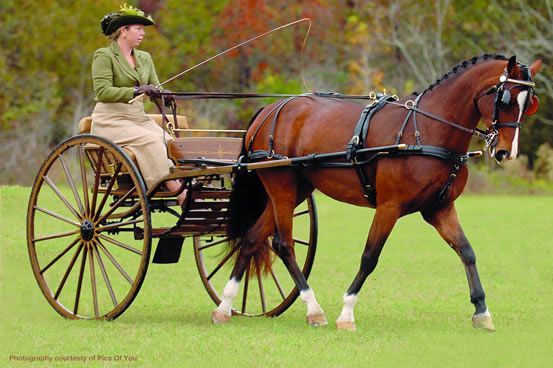Before superchargers and carbon fiber, before touchscreens and turbo V8s—there were carriages. Wooden, horseless, human-powered (or horse-pulled) carriages that rattled over cobblestone streets. But how did we go from those humble beginnings to the thunderous roar of a Chevy Camaro or a sleek electric supercar?
Let’s take a ride through automotive evolution, tracing the wild journey from wagons to wheels, from steam to speed.
1700s–1800s: The Age of the Carriage and the First Spark of Innovation
In the beginning, there were horse-drawn carriages—basic, wooden transport for the elite and powerful. But the idea of self-propelling vehicles started to catch on by the late 18th century.
-
1769 – Frenchman Nicolas-Joseph Cugnot builds a steam-powered tricycle designed to haul cannons. It worked (barely), but was loud, slow, and heavy.
-
Early 1800s – Steam carriages became common in Britain and the U.S., but they were unreliable and frequently exploded. Literally.
🚧 Why it matters: These vehicles introduced key concepts like drive trains, throttles, and brakes—crude, but foundational.
1800s–1900: Electric vs. Gas vs. Steam – The 3-Way Tech War
By the late 1800s, inventors across Europe and America were racing toward a self-powered, practical car. But it wasn’t clear which tech would win.
-
Electric vehicles (EVs) were smooth and clean—early versions hit 20 mph by 1890.
-
Steam cars were powerful but took 30+ minutes to start.
-
Gasoline cars, meanwhile, were loud, smelly, and hard to crank—but cheap and scalable.
1886 – Karl Benz patents the first modern gasoline-powered car: the Benz Patent-Motorwagen. It had three wheels, 0.75 hp, and maxed out at 10 mph—but it changed everything.
1900s–1920s: Ford, Mass Production, and the Death of Horses
Then came Henry Ford, who didn’t invent the car—but perfected how to build it at scale.
-
1908 – Ford introduces the Model T, the first truly affordable car.
-
1913 – The assembly line revolutionizes car manufacturing.
-
By 1927, over 15 million Model Ts had been sold.
As roads improved and gas stations popped up across the U.S., the internal combustion engine officially crushed steam and electric competition (for the time being).
1930s–1950s: Power, Luxury, and Wartime Innovation
Automakers began pushing boundaries—sleeker bodies, more power, and the first glimpses of driver-focused design.
-
Suspension systems, manual transmissions, and V8 engines emerged.
-
WWII sped up innovations in aerodynamics, engines, and fuel systems.
-
Post-war America saw a boom in road building and suburban car culture.
The car was no longer just transportation—it was identity, freedom, and style.
1960s–1970s: The Muscle Car Era
Enter the Chevrolet Camaro—a direct answer to the Ford Mustang in the 1960s.
Suddenly, the modern car wasn’t just about utility—it was about performance.
-
Muscle cars like the Camaro, Charger, and GTO brought big V8s, aggressive styling, and 0–60 bragging rights to the masses.
-
Safety was… minimal. Speed was everything.
Meanwhile, in Europe and Japan, compact cars and engineering refinement reshaped the global industry.
1980s–2000s: Tech Takes Over
The rise of computers, fuel injection, airbags, and emissions control redefined cars again.
-
Japanese automakers like Toyota and Honda challenged U.S. dominance with reliable, efficient cars.
-
Luxury brands (Mercedes, BMW, Lexus) redefined comfort and performance.
-
SUVs and pickups began dominating U.S. sales charts.
And then… the electric dream came back.
2010s–Today: The EV Renaissance and the Digital Car
Tesla entered the chat.
-
Electric cars returned with a vengeance, driven by battery tech, climate concerns, and innovation.
-
Self-driving features, infotainment systems, and over-the-air updates turned cars into rolling computers.
Even the Camaro evolved—offering turbocharged 4-cylinders, track-ready V8s, and modern electronics, all while staying true to its aggressive DNA.
From Carriage to Camaro: What’s Next?
The car has gone from a wooden cart to a 220-mph EV rocket, and the pace of change is only accelerating.
Tomorrow’s roads will feature:
-
AI driving assistants
-
Hydrogen and solid-state batteries
-
Vehicles that talk to each other
-
And maybe… cars that no longer need drivers at all
But the roots remain the same: innovation, freedom, and the thrill of the open road.
